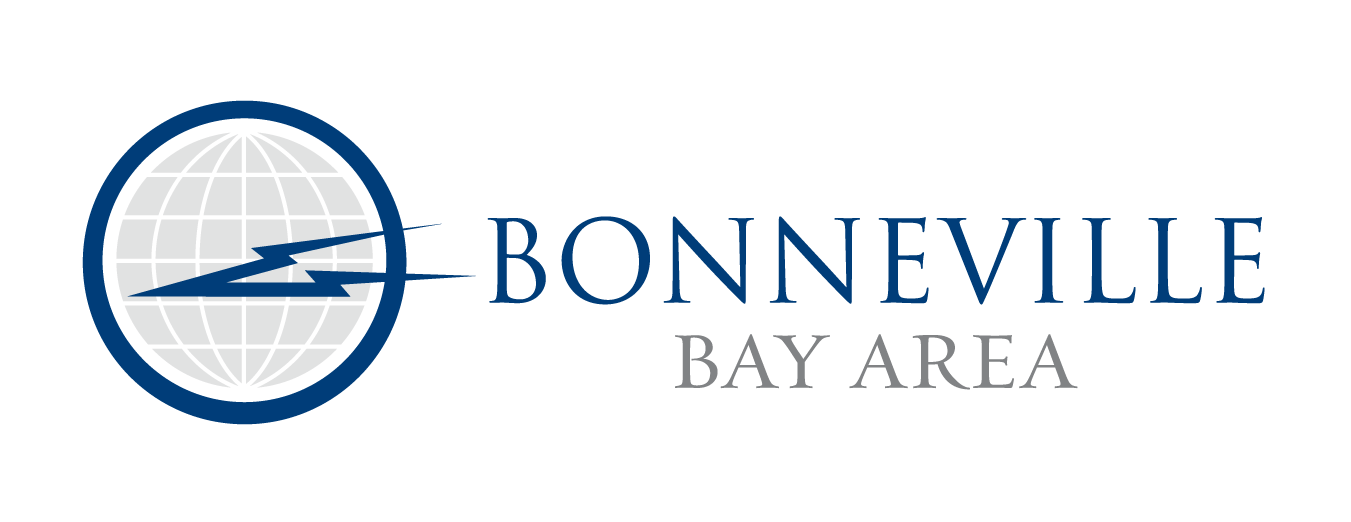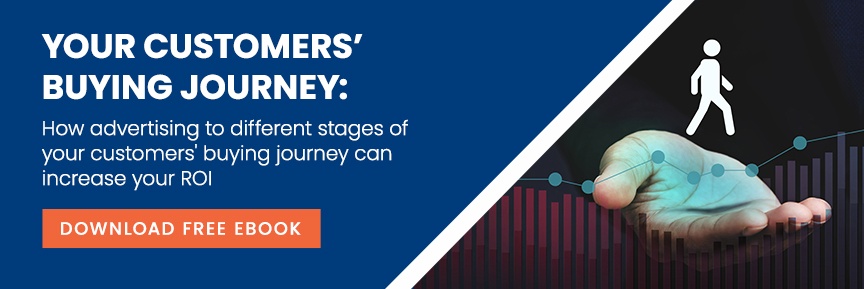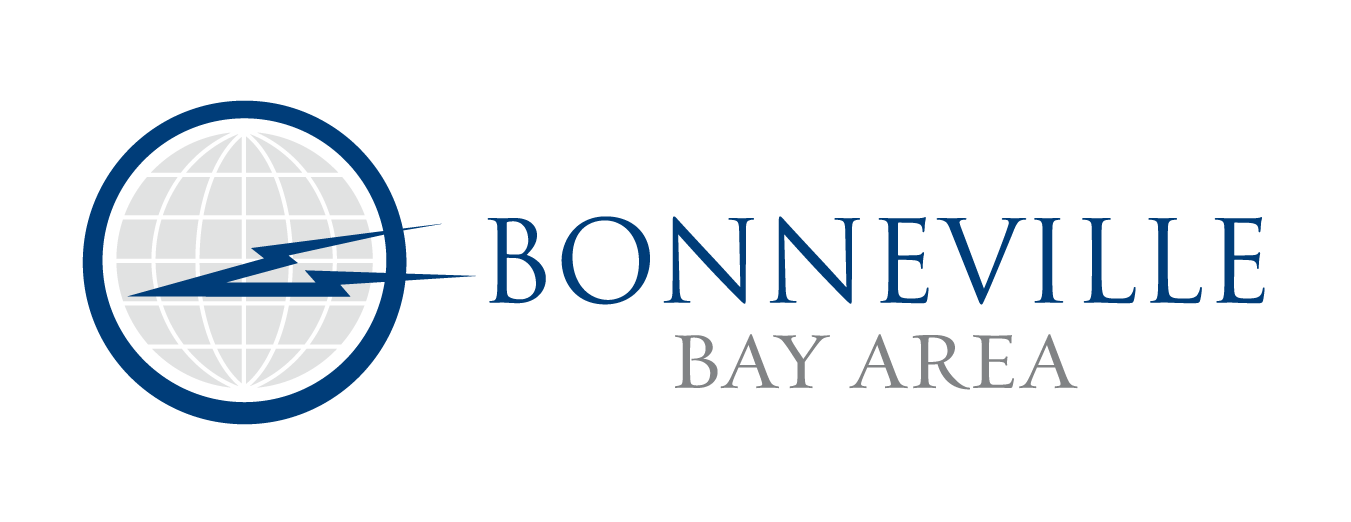
From thinking about a product or service, to potentially buying something in the future, to ultimately making a purchase can take time... It might take weeks, months, or even longer to consider an upgrade, what new features are available, researching reviews, and comparing products and prices before consumers actually complete a purchase. Consumers go through this process every time they make a purchase, and understanding where they are in the buyer's journey can help marketers to better understand their customers and how to speak to them at each stage.
The Stages of the Buyer’s Journey
The Awareness Stage
A buyer realizes they have a problem or a need. They are starting research to figure out how best to solve their problem or fulfill their needs.
The Consideration Stage
A buyer has clearly defined their problem and is now comparing and looking at various options that can help to solve or fulfill their need.
The Decision Stage
A buyer narrows down their options and is ready to make a purchase, but is now making a decision on what company they’ll be purchasing from.
8 Questions to Learn More About Your Customer's Buying Journey
1. What problems do your products or services solve for your customers?
Purchase decisions are made to solve problems or fulfill a consumer need, such as running out of shampoo, not having a pair of shoes for a formal event, or needing a new computer because it keeps shutting off unexpectedly. Understanding the reason your target audience is in the market for your product or service is the first step to effective marketing.
2. Do you know their pain points?
Once you understand your customers' pain points, you can speak directly to them, with relevant information that can help them solve their problem. A lot of assumptions can be made about target audiences, but it is also essential for you to be more methodical in finding this information. Monitoring your website traffic, doing research on your industry, conducting surveys with current clients or working with a media partner will better help you to identify true consumer challenges and pain points. Once you have a clearer picture of your customers’ pains points you can then frame your marketing messages so that they resonate with your target audience.
3. What media is your target audience consuming?
The better you know your target audience, the better you will be at reaching them with the right messaging on the right media channels. From traditional media like TV, radio, and print to more digital related advertising on desktop, mobile, and various social platforms, it’s key to have a good understanding of where your target audience is and how to best reach them on that platform. You’ll want to hone in on the media your target audience consumes in order to better reach them. Understanding the right media mix will help produce the best possible return on investment.
Working with the right media partner can help you to identify your target audience and their habits. When you learn about your target audience's browsing and listening habits, it can help you determine the best days and times that ads will be seen or heard.
4. How do you determine if a potential customer has moved from the Awareness Stage to the Consideration Stage?
The buyer’s journey can take one day to months (or even years!) depending on each consumer's needs for differing products and services. While some decisions, like where to eat tonight, can be made quickly, consumers rarely make impulse buys on larger purchases like new cars or home improvement projects. When you start seeing online audience behavior turn to actions like reading reviews, visiting various website pages, or having repeat visits to your website it’s a good sign that the consumer has moved to the consideration stage and is more closely examining your brand as an option. Advertising to consumers at this stage should focus on content, benefits to the consumer, key differentiating factors of your brand, and price point. This type of messaging will help demonstrate to the buyer how your business is a better choice compared to competitors.
5. How well do consumers know your product/service?
Advertising messages should also be different based on your target audience's current understanding of your brand. New companies need to get the word out about their products and services, and might focus more on brand awareness with informative and educational messaging.However, more established companies who already have a strong brand presence or a large existing audience may use messaging that provide incentives, information about promotions or sales, or updated information around new or featured products or services. It’s important to know that no matter how long your business has been around, having a media mix that touches all stages of the buyer’s journey is equally important.
6. How do you know when a consumer has moved from the Consideration Stage to the Decision Stage?
When consumers are close to making a decision, they tend to rely on feedback from other consumers. Success stories, positive reviews, and other testimonials can help highlight the benefits of choosing your brand. This human element utilized in advertising creative can help to convince a customer that is ready to make a purchase that yours will most benefit them. If you’ve been marketing to the right consumers, with the right messaging throughout the buyer’s journey, you have an advantage to influence their purchase decision.
7. How do you keep a consumer loyal to your brand after a purchase?
Marketing doesn’t end after a consumer makes a purchase. Most businesses want to create a loyal customer who continues to buy their products and services multiple times. During the purchase process you need to make sure you are providing excellent customer service, by having a website that is easy to navigate, with easy ways to learn about, access pricing, and/or purchase different products and services.Some best practices for creating loyal customers include capturing buyers’ information and offering member services with regular communication, updates on new products and services, and promoting sales and discounts.
Consistent advertising to your target audience that includes existing customers is another proven way to ensure you stay top-of-mind with existing customers and don’t lose them to the competition. Keep your focus on addressing problems your customers currently have and showing them how you can solve them to maintain your credibility and trust.
8. What kind of marketing messaging can help solidify a decision for potential customers?
When you understand your potential customers’ buying journey and therefore know how to speak to them, you have an advantage in influencing their purchase decisions. Many audiences are turned off by advertisements that simply tell them to buy a product without appealing to their emotions and showing them why the product will benefit them. Being aware of what they need can help you create messaging that tells a story they can relate to, which can be a game-changer when it comes time to make a purchase decision.
Reaching Your Target Audience During Their Journey
Understanding who your customer is, their pain points, and where they are in the buyer’s journey, is the first step to creating marketing that will build lasting, loyal customers. Showing consumers how a product can solve their problem, fit into their life, or enhance their quality of life shows them that you understand them and their needs. Next time you start the creative process for your advertising, consider going through these questions first. It’s important to make sure that you are speaking to your target audience in a way that will meet them where they are at in the buyer’s journey.
Working with a media partner, like our team at Bonneville Bay Area, can be helpful in making sure that your ads are tailored to the right audience and where they are at in their buyer’s journey.




